15 Unique Facts about Malaysia You Probably Didn’t Know
Malaysia is a multicultural country with a lot to offer regardless of its means of transportation or different types of entertainment.
Its capital, Kuala Lumpur, is a typical hustle and bustle city with a wide array of shopping malls and beautiful buildings within blocks of each other.
But, Malaysia has so many other interesting things to offer other than the usual city fare.
For starters, Malaysia is home to several natural and man-made feats that have been recognized around the world. This is also a reason why tourism in this country is as booming as it is.
Things just like the world’s largest flower as well as the tallest twin buildings are only some of the wonders Malaysia is known for. But, there are also other things that not many people are aware of.
A natural respite is never far away from the bustle of urban high fashion, popular hotspots, and modern food. Whether you prefer white sand beaches or highland rainforests, a trip to one of Malaysia’s numerous spas or rural resorts is a requirement.
Read on to learn more interesting facts about Malaysia that you probably didn’t know!
1. Malays only take up half of Malaysia’s population.
Malaysia has always been a busy country, with millions of people flying in from all over the world, it’s not new to different ethnicities. But, tourists aren’t the ones who add up to the population count of the country.
The bumiputera, or Malays and other indigenous peoples, make up 62% of Malaysia’s multiethnic population, followed by ethnic Chinese (21%), Indians (6%), and foreigners (10%).
The bulk of Malaysia’s ethnic Chinese and Indian people trace their ancestry to the British colonialists, who between the early 19th century and the 1930s hired hundreds of thousands of Chinese and Indians as mining and plantation laborers.
The reason as to why more and more ethnicities choose to stay in Malaysia and why its so diverse are different nowadays. It’s mostly because of the economy and the wonders this country has to offer.
2. Malaysia is home to the tallest twin buildings in the world.
The Petronas Towers, or Petronas Twin Towers, are two 88-story, 451.9-meter-tall skyscrapers in Kuala Lumpur, Malaysia (1,483 feet).
They held the title of the highest structures in the world from 1998 to 2003, until Taipei 101’s completion in 2004 overtook them.
The Petronas Towers, which continue to be the tallest structures in Malaysia, are the tallest twin towers in the world. A sky bridge connects two tall buildings, and it makes a beautiful backdrop for pictures, especially at night.
Every night, over 500 truckloads of earth had to be moved as part of the project. The single, largest, and longest concrete pour in Malaysian history followed that. Over the course of 54 hours, each tower received a continuous pour of 13,200 cubic meters of concrete.
3. Mount Kinabalu is the 20th-highest mountain in the world
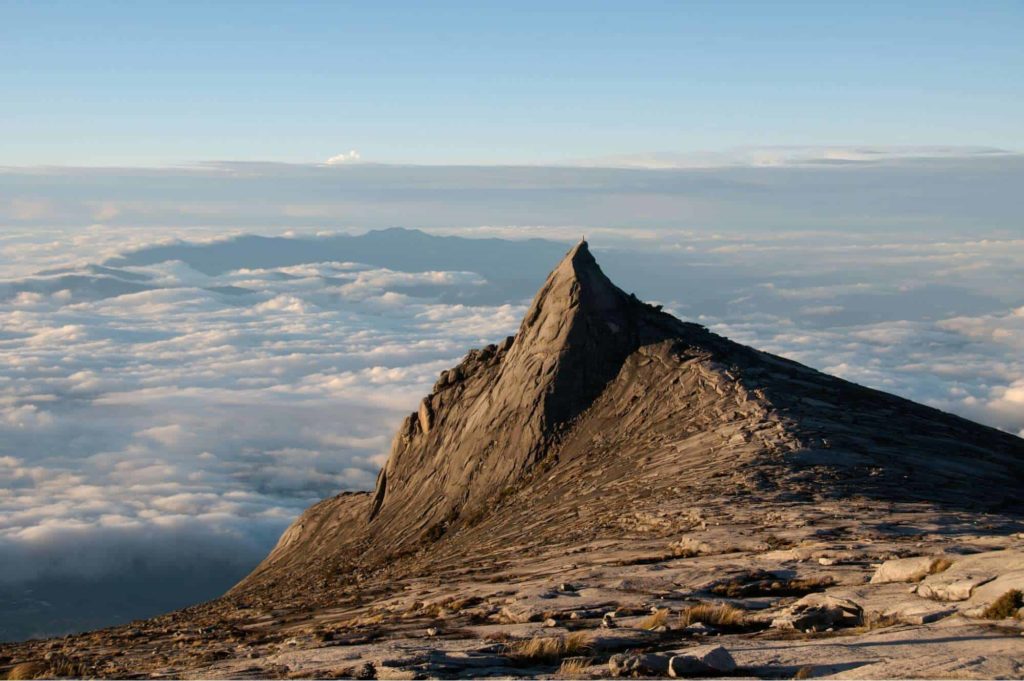
Malaysia is home to several large establishments and landscapes, Mount Kinabalu is one of these wonders that continue to be known for its sheer size. Mount Kinabalu is the tallest mountain in Malaysia and Borneo.
It is the third-highest peak on an island and the 20th-most prominent mountain in the world by topographic prominence, rising to a height of 13,435 feet (4,095 m).
For nature lovers, between 5,000 and 6,000 different plant species, 326 different bird species, and more than 100 different animal species are a part of this ecosystem, the mountain and its surroundings are among the most significant biological places in the world.
4. There are four UNESCO world heritage sites in Malaysia
Being a country with a lot of natural wonders, Malaysia is the home to four of the world heritage sites which have become tourist attractions. Malaysia now has four World Heritage Sites with two being labeled cultural and two natural categories.
George Town, Penang
The state capital of Penang in Malaysia was once called Tanjung Penaga. After its status as a free trade port was removed in 1969, the multi-cultural historic city of George Town devised a plan to capitalize on its rich and varied cultural legacy as a resource for regional development.
George Town is also known to be one of Asia’s oldest cities with the best preservation. George Town had a longer history of British colonial rule than Malacca.
Malacca
This World Heritage site demonstrates how maritime urban settlements have grown over time in the area and how many ethnic and cultural groups have contributed to the growth of these towns.
The city is known for its government structures, churches, public spaces, and fortifications which provide evidence of the earliest phases of this history, which began with the Malay sultanate in the 15th century and continued under Portuguese and Dutch rule in the early 16th century.
Lenggong Valley
Open-air and cave sites with workshops for Paleolithic tools are examples of early technological evidence. Numerous sites from the Palaeolithic, Neolithic, and Metal ages have been discovered in the small area, indicating the presence of a sizable semi-sedentary population.
Gunung Mulu National Park
The park has seventeen different vegetational zones with about 3,500 different vascular plant species, 109 species in 20 genera, and its palm species are unusually diverse. Millions of cave swiftlets and bats live inside 295 km of caves making for a breathtaking spectacle.
Mount Kinabalu
The highest mountain between the Himalayas and New Guinea is Mount Kinabalu. It features a very diverse spectrum of habitats, including lush tropical lowland and hill rainforest, subalpine forest, and scrub at higher elevations.
It is exceptionally rich in species, with examples of flora from the Himalayas, China, Australia, Malaysia, as well as pan-tropical flora, and has been designated as a Center of Plant Diversity for Southeast Asia.
5. Malaysia is the native place of orangutans.
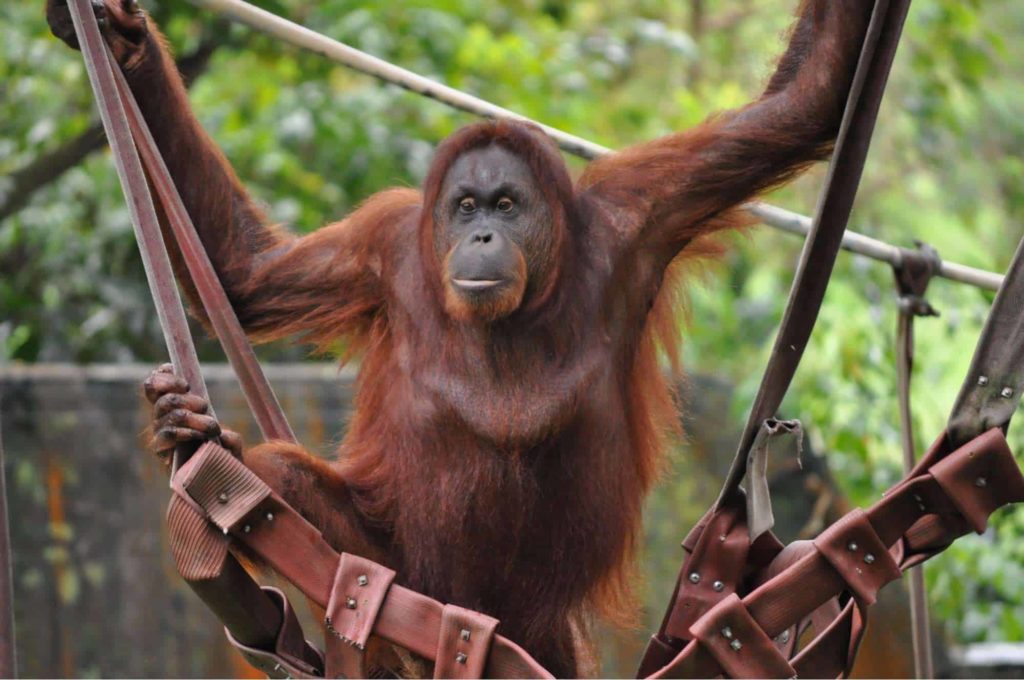
Borneo has one of the highest levels of biodiversity on the planet, the third-largest island in the world is home to at least 1,136 animal species and 15,000 plant species. Many of them, notably the Bornean orangutan, are endemic to Borneo and cannot be found anywhere else.
The only two locations in the world where orangutans can be found in the wild are Borneo and Sumatra, an island off the coast of Malaysia. But because of the logging and clearing of the forests for palm oil plantations, the orangutan has lost a significant portion of its natural habitat.
6. Rafflesia, the largest flower worldwide, can be found in Malaysia.
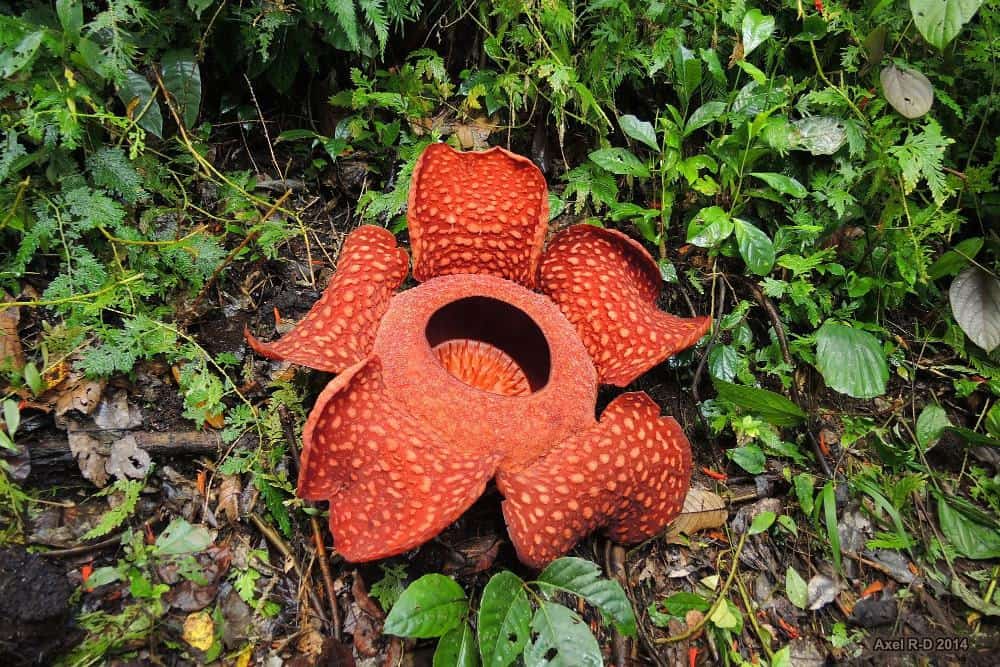
a kind of flowering plant that is known for having the world’s biggest individual blossom, belonging to the parasitic genus Rafflesia. It is indigenous to the rainforests of Sumatra and Borneo and has a potent and repulsive smell of decomposing flesh.
Few states in Peninsular Malaysia, including Kelantan, Pahang, Perak, and Terengganu, are home to the flower. Rafflesia kerrii, Rafflesia cantleyi, and Rafflesia azlanii are the three species of flower found in Perak’s Royal Belum State Park and Gerik Forest Reserve.
7. The third largest island in the world is in Malaysia.
The third-largest island in the world, Borneo has an area of about 287,000 square miles. It is divided into four political regions: Kalimantan is a part of Indonesia; Sabah and Sarawak are in Malaysia; and the Sultanate of Brunei occupies the remaining small region.
Given the high rainfall, it makes sense that Borneo has some of the world’s most diverse plant life. There are nearly 11,000 species of flowering plants on Borneo, with about a third being native.
8. The Sarawak Cave Chamber is the largest in the world.
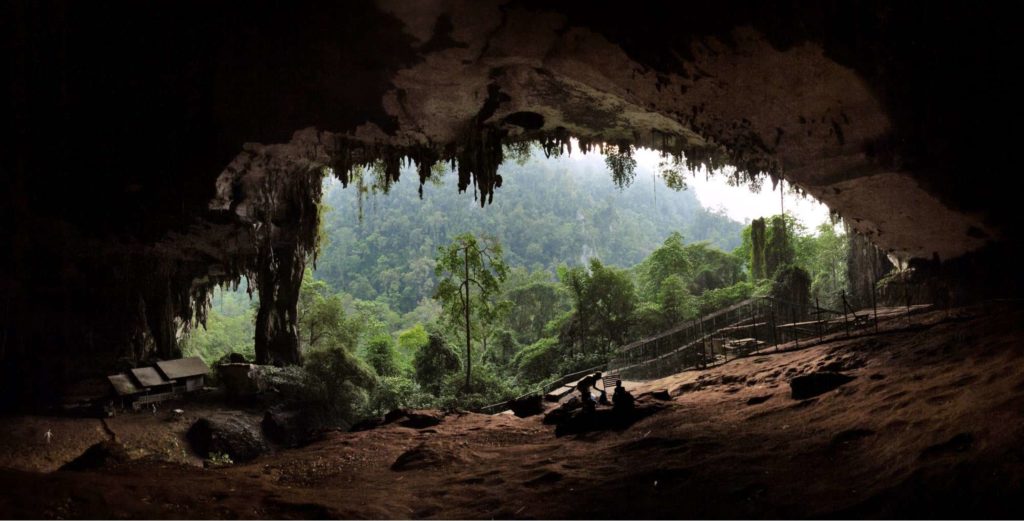
On the island of Borneo, Gunung Mulu National Park in Malaysia’s State of Sarawak is exceptional for both its high biodiversity and its karst features.
One of the best examples of the collapse process in karstic terrain can be found on the property, which also offers excellent opportunities for scientific research into the origins of cave fauna.
The Sarawak Chamber is 600 meters long, 415 meters wide, and 80 meters high, making it the largest cave chamber in the entire world.
This chamber dwarfs all other known large chambers, having a volume of 12 million cubic meters and an unsupported roof span of 300 meters.
9. Penang is the food capital of the country.
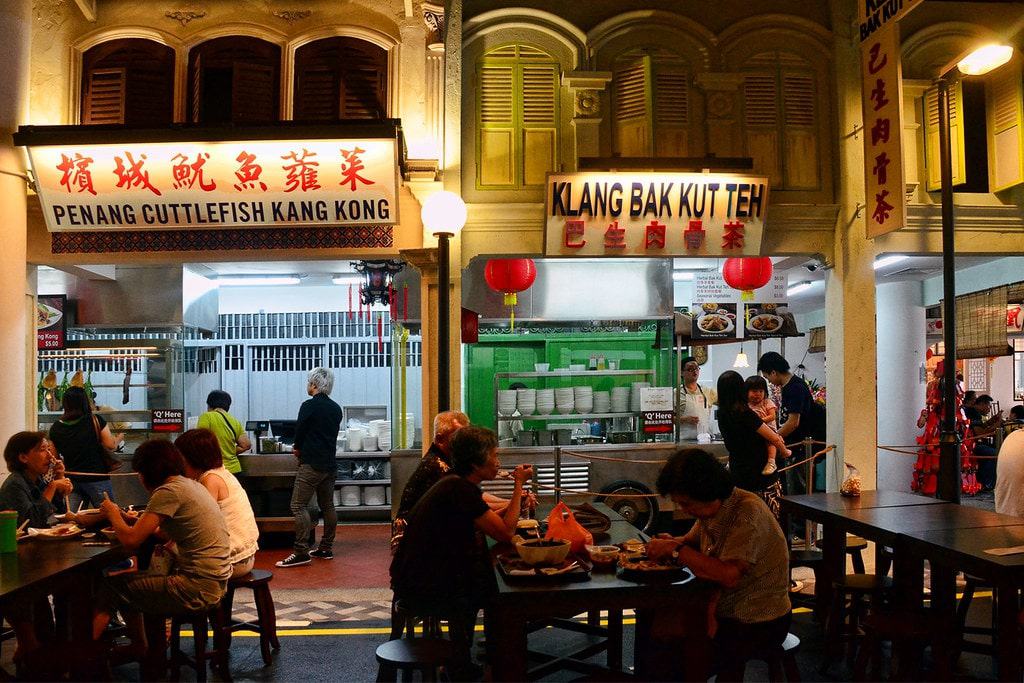
Today, George Town, a vibrant metropolis, is well known for its wide variety of street cuisine. Penang cuisine is a delectable gastronomic experience that literally reflects the “melting pot” of various ethnic influences.
From the Malay Archipelago, Thailand, Burma, India, and China, traders and settlers made Penang their home, influencing the cuisine as well as the ingredients used. This resulted in a multicultural mingling of Siamese, Chinese, Malay, and Indian cuisine.
The so-called Nyonya cuisine found in Penang is a mix of Malay, Chinese and Thai influences that are distinct in flavor yet are still recognizable by the locals.
10. Malaysia is the Durian’s home.
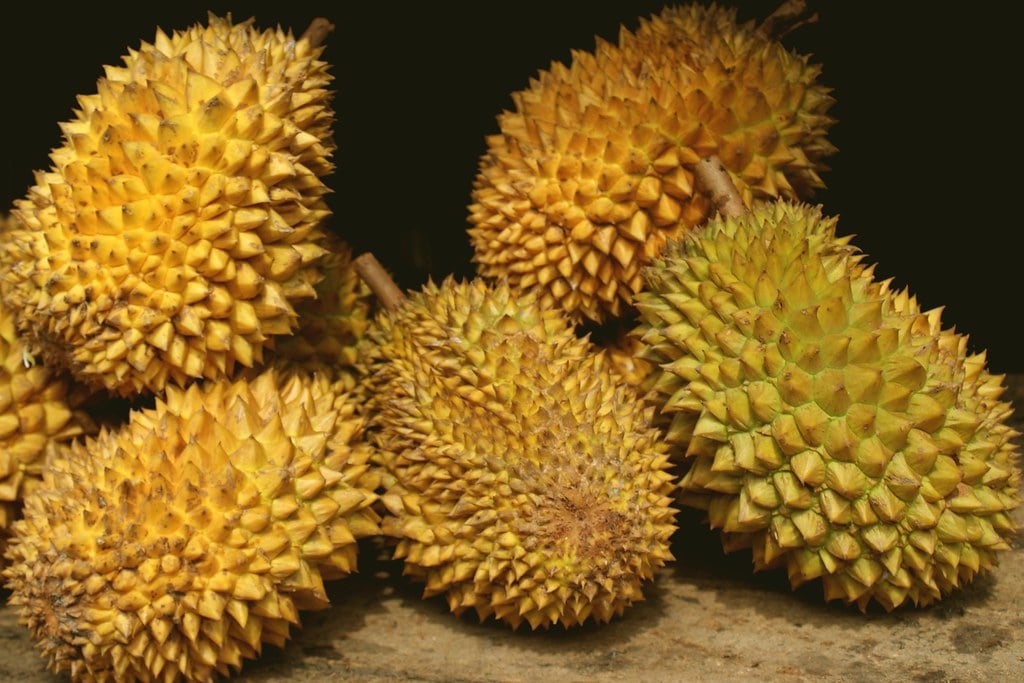
Durian is a rare tropical fruit that is well-liked in Southeast Asia and is known as “the king of fruits” since it has more nutrients than most other fruits. But its overpowering odor also contributes to its poor reputation.
The fruit durian is incredibly nutritious and full of fiber, B vitamins, and vitamin C. Additionally, it contains a lot of beneficial substances such as anthocyanins, carotenoids, polyphenols, and flavonoids, many of which have antioxidant properties.
Traditional Malaysian medicine has utilized the leaves, husk, roots, and fruit of the durian plant to treat a variety of ailments, such as high fever, jaundice, and skin conditions.
11. Malaysia is the leading exporter of star fruit.
The Moluccas, an Indonesian group of islands, or Sri Lanka are said to be the star fruit’s native home. Although it is widely grown in Malaysia, southern China, India, and the Philippines, the fruit has only recently become popular in North and South America.
By volume, Malaysia is the world’s leader in star fruit production, and it exports the fruit broadly to Asia and Europe. The overall planted area in 2011 was 1,320 hectares, with Selangor, Negeri Sembilan, and Johore producing an estimated 12,437 tonnes.
12. “Lah” is added to almost every sentence!
When chatting to Malaysians, one of the first things most foreigners notice is the tiny LAH at the end of each sentence. After some words and at the end of sentences, there appears this unexplained tag that almost all Malaysians use.
This straightforward three-letter slang term has established itself as a commonplace in everyday speech and can be used to express confirmation, dismissal, irritation, or exclamation depending on the situation.
13. Malaysia is the Malayan tiger’s home.
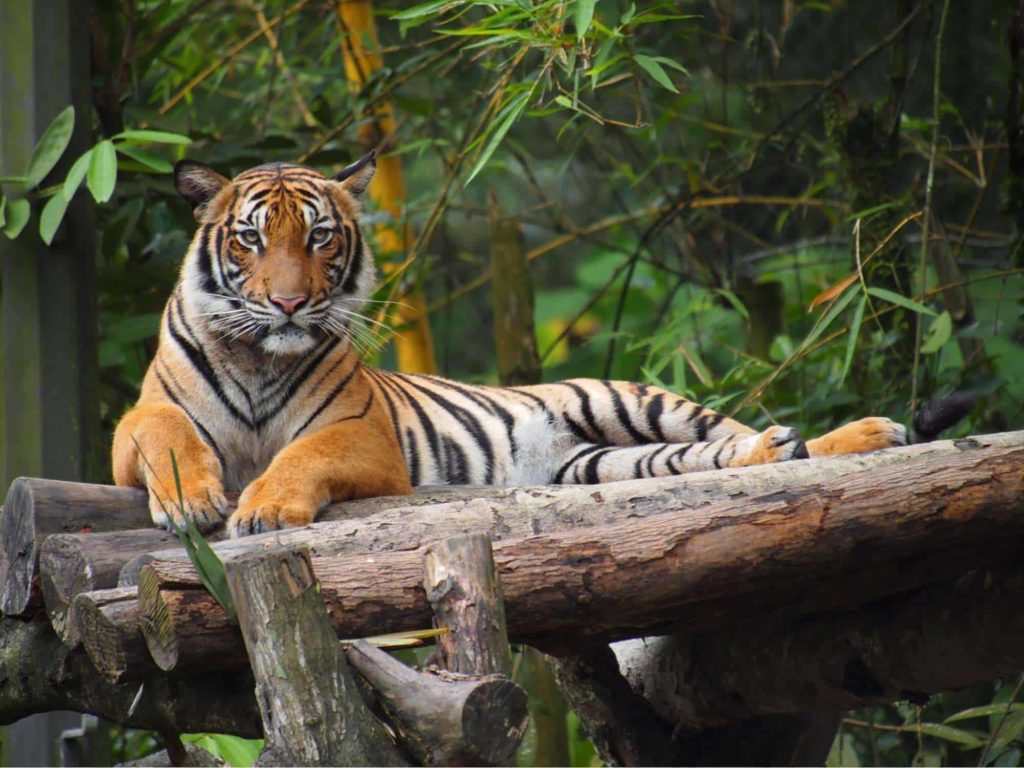
The Panthera tigris tigris subspecies, which is indigenous to Peninsular Malaysia, contains a population of tigers known as the Malayan tiger.
The IUCN Red List has categorized this population, residing in the southern and central regions of the Malay Peninsula, as endangered.
In Malay, tigers are called “harimau,” which can also be shortened to “rimau” in Malay. To distinguish it from tiger populations in northern Indochina that are genetically distinct from this population, it is also known as the southern Indochinese tiger.
14. One of the world’s tallest trees is in Malaysia.
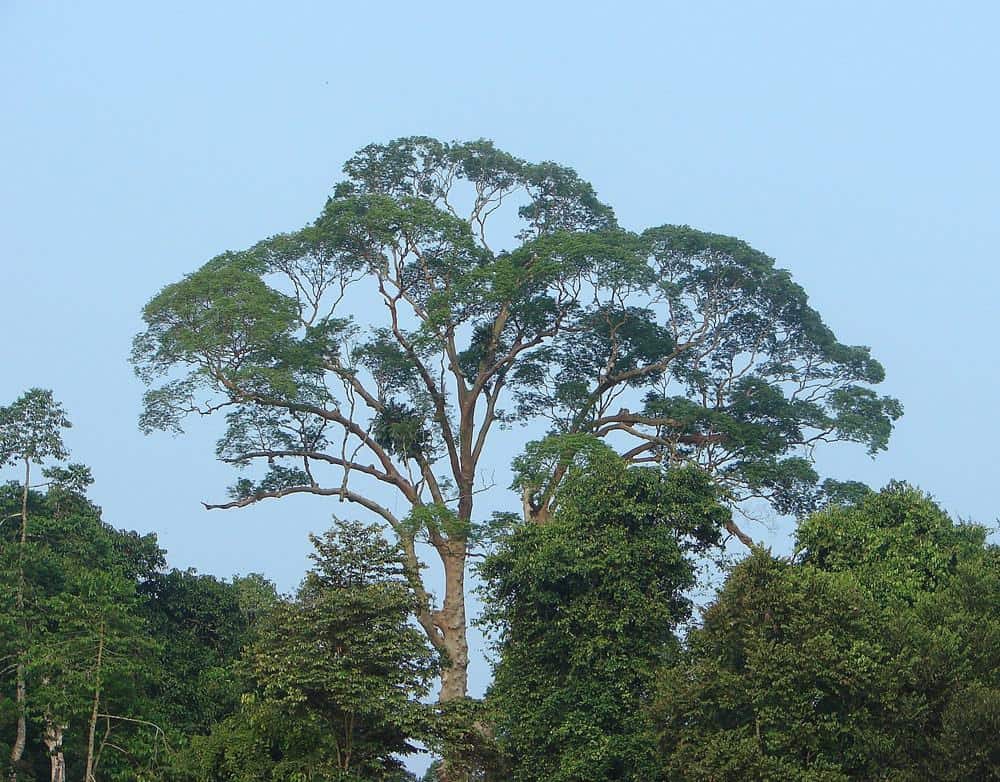
The tallest measured specimen of this tropical rainforest tree, the Tualang, which is also one of the world’s tallest trees, stands at 85.8 to 88 m (281/289 feet) tall. These are primarily seen growing in lowland rainforests where they tower over the canopy.
They have massive buttress roots to sustain their weight, just like most big rainforest trees do.
This is due to the fact that large, spreading roots are more efficient than deep ones since the majority of the nutrients in rainforest soil are located relatively close to the top.
15. Jimmy Choo, a famous shoe designer, came from Malaysia.

A Chinese-Malaysian fashion designer named Jimmy Choo Yeang Keat is well-known for his business, Jimmy Choo Ltd, which is well-known for its handcrafted women’s shoes.
Choo was a favorite of Princess Diana and received the Order of the British Empire from Queen Elizabeth II in 2003.
British Vogue noticed Choo because of the caliber and craftsmanship of his creations, and in 1988 they published a feature on Choo’s footwear. As a result of his collaboration with Tamara Mellon, the accessories editor at Vogue, Choo’s business achieved international success.

